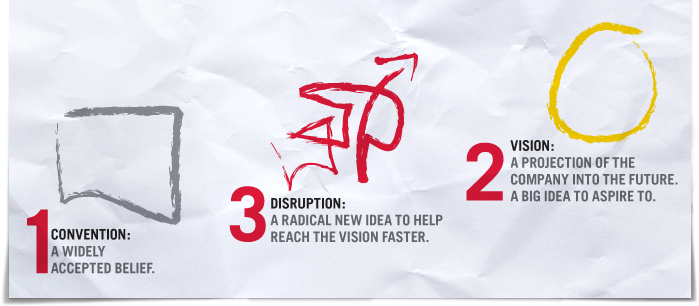Sometimes there are things you have to do that you know you are not going to enjoy. Like reading the latest DWP Impact Assessment for Universal Credit. I read it because I thought it might shed some light on the impact of Universal Credit - after all, the clue is in the title if you look closely enough. Now, with the wet towel unwrapped from around my head and the smelling salts fading into the atmosphere some light is dawning (literally as I write this).
The Assessment itself is a well crafted piece of work - in my quasi-civil service days at the start of my career I would have been proud to have written such a precise piece. Of course, it's not exactly flowing prose but the facts are set out clearly, as is the logic used to produce them. So far, so good. But, there are a number of "buts".
The biggest is that if the headline of more benefit take up, less fraud and more overall cost to the Treasury is true, how come it doesn't feel like that for many households? Some of the answer lies in how averages and totals mask some pretty dramatic cuts - within that headline of "good" news is buried the detail that 1.3 million households will see weekly income drop by more than £100. Some comes from the fact that only financial value is assessed with no attempt to "impact assess" in any social value sense.
Then there's the related fact that DWP appear to have written it from a "producer" perspective. What this policy means for the DWP and the Treasury can be discerned, but for individuals - no chance. It's a real shame that the scope of the Social Value Act doesn't impose a requirement that policy making - as well as contract making - should be subject to a wider test of social and not just economic measurement. How in 2012, with everything that has happened in recent years across the world, can we choose such a narrow definition of success or failure?
But for me the biggest failing of the Impact Assessment is its absence of humanity. As this policy plays out, we must ensure that the real impact is truthfully portrayed. Yes, there will be heartwarming cases where the benefit changes provide a motivation for self-improvement of the kind MPs expect to see. We should not be afraid to report those - they matter for the individuals and society as a whole. But we also need to report factually how for a family losing £300 from their weekly benefit their choices are now between food and heating, we need to show how respiratory illnesses have increased and how child nutrition has suffered.
These human stories will play out across the country in the years to come as the callousness of this policy - encouraging people into work that for many just doesn't exist - becomes apparent. Comms teams across #ukhousing have got a job to do next year.
The Assessment itself is a well crafted piece of work - in my quasi-civil service days at the start of my career I would have been proud to have written such a precise piece. Of course, it's not exactly flowing prose but the facts are set out clearly, as is the logic used to produce them. So far, so good. But, there are a number of "buts".
The biggest is that if the headline of more benefit take up, less fraud and more overall cost to the Treasury is true, how come it doesn't feel like that for many households? Some of the answer lies in how averages and totals mask some pretty dramatic cuts - within that headline of "good" news is buried the detail that 1.3 million households will see weekly income drop by more than £100. Some comes from the fact that only financial value is assessed with no attempt to "impact assess" in any social value sense.
Then there's the related fact that DWP appear to have written it from a "producer" perspective. What this policy means for the DWP and the Treasury can be discerned, but for individuals - no chance. It's a real shame that the scope of the Social Value Act doesn't impose a requirement that policy making - as well as contract making - should be subject to a wider test of social and not just economic measurement. How in 2012, with everything that has happened in recent years across the world, can we choose such a narrow definition of success or failure?
But for me the biggest failing of the Impact Assessment is its absence of humanity. As this policy plays out, we must ensure that the real impact is truthfully portrayed. Yes, there will be heartwarming cases where the benefit changes provide a motivation for self-improvement of the kind MPs expect to see. We should not be afraid to report those - they matter for the individuals and society as a whole. But we also need to report factually how for a family losing £300 from their weekly benefit their choices are now between food and heating, we need to show how respiratory illnesses have increased and how child nutrition has suffered.
These human stories will play out across the country in the years to come as the callousness of this policy - encouraging people into work that for many just doesn't exist - becomes apparent. Comms teams across #ukhousing have got a job to do next year.


_600x399.jpg)












